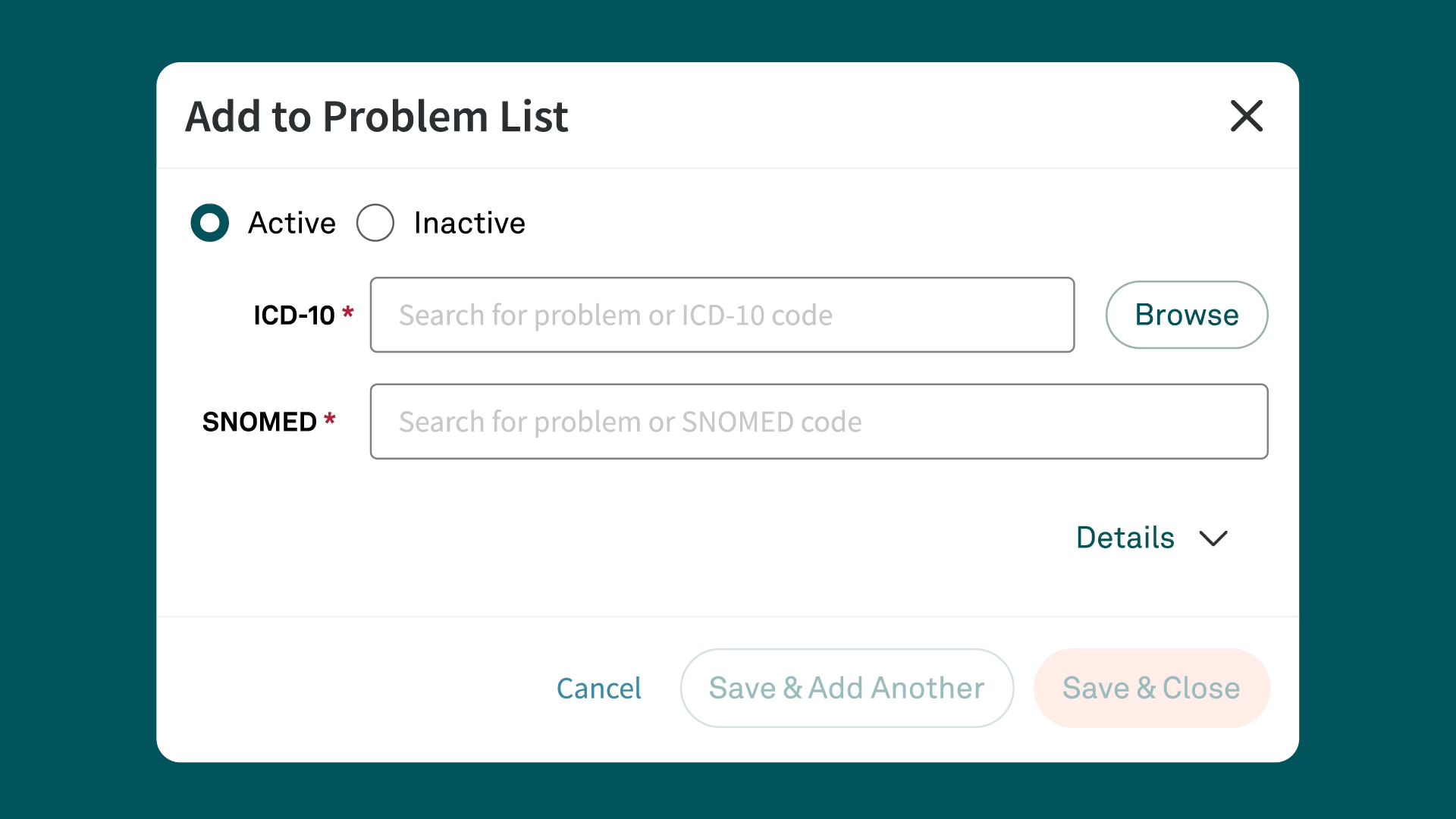ICD-10 Code R03.0
Elevated blood-pressure reading, without diagnosis of hypertension
What is the code R03.0?
The ICD-10-CM code R03.0 refers to "elevated blood-pressure reading, without diagnosis of hypertension." This code is used to document instances where a patient presents with elevated blood pressure readings that have not yet been classified as hypertension.
Detailed description of R03.0
R03.0 is a specific code used to capture cases where a patient has elevated blood pressure readings that do not meet the diagnostic criteria for hypertension. This code is important for tracking and monitoring patients who may be at risk for developing hypertension but do not yet have a formal diagnosis of hypertension or have had an isolated blood-pressure reading as an incidental finding. These patients may require further observation and potential follow-up due to the finding.
Symptoms commonly associated with R03.0
Patients coded with R03.0 often present with:
- Elevated systolic or diastolic blood pressure readings during routine check-ups
- No other symptoms or clinical signs that would lead to a hypertension diagnosis
- Possible related symptoms such as headache or dizziness, although these are not exclusive to elevated blood pressure
Related and similar ICD-10 codes
- I10: Essential (primary) hypertension
- I11.9: Hypertensive heart disease without heart failure
- I12.9: Hypertensive chronic kidney disease without stage 1 through stage 4 chronic kidney disease, or unspecified chronic kidney disease
- I13.10: Hypertensive heart and chronic kidney disease without heart failure and with stage 1 through stage 4 chronic kidney disease, or unspecified chronic kidney disease
- R03.1: Nonspecific low blood pressure reading
Appropriate usage of R03.0 for billing
Use the code R03.0 for billing when:
- A provider documents in their assessment that a patient presents with elevated blood pressure readings that do not meet the criteria for a hypertension diagnosis.
- The elevated readings are recorded during a routine examination or follow-up visit.
- There is no secondary condition or complication that would otherwise change the coding to a more specific diagnosis.
- Do not use R03.0 if the patient has a confirmed diagnosis of hypertension; in such cases, use appropriate hypertension codes.
- R03.0 should not be assigned based on a blood pressure reading documented in the medical record; the provider must have specifically documented the diagnosis of elevated blood pressure.
- Hypertension documented as transient or borderline should be assigned R03.0.
Instructional guidelines for coding R03.0
- According to the ICD-10-CM Guidelines section IV.D., Diagnostic Coding and Reporting Guidelines for Outpatient Services, codes that describe symptoms and signs, as opposed to diagnoses, are acceptable for reporting purposes when a diagnosis has not been established (confirmed) by the provider. Chapter 18 of ICD-10-CM, Symptoms, Signs, and Abnormal Clinical and Laboratory Findings Not Elsewhere Classified (codes R00–R99) contain many, but not all codes for symptoms.
- Refer to the ICD-10-CM guidelines section I.B.4., section I.C.18.a, and section I.C.18.b regarding proper coding of signs and symptoms, use of symptom codes and use of symptom codes with a definitive diagnosis code for general guidance that is applicable to coding R03.0.
Common pitfalls in coding with R03.0
- Incorrectly using R03.0 for patients who have already been diagnosed with hypertension.
- Failing to document the elevated readings properly, leading to potential billing issues.
- Use of R03.0 when other conditions that might present with elevated blood pressure but should be coded differently have been documented by the provider, such as hypertensive emergencies.
Key resources for R03.0 coding
- ICD-10-CM Official Guidelines for Coding and Reporting: Provides comprehensive guidelines for the use of ICD-10 codes.
- Centers for Medicare & Medicaid Services (CMS) ICD-10 Resources: Offers tools and guidelines for coding and billing.
- American Medical Association (AMA) Coding Resources: Includes coding books and educational materials.
Conclusion
R03.0 is a code for documenting elevated blood pressure readings without a hypertension diagnosis. Proper usage and accurate documentation facilitates correct billing and monitoring of patients who may be at risk for developing hypertension. By understanding the appropriate application and common pitfalls, healthcare providers can effectively use this code in their practice.
Simplify ICD-10 code documentation with Tebra
Tebra’s EHR+ gives you quick searches and Systematized Nomenclature of Medicine (SNOMED) field names for efficient code documentation. Plus, Tebra automatically saves ICD-10 to SNOMED mapping for future searches, streamlining your workflow.

Discover how Tebra helps providers effortlessly document health-related issues and conditions in this detailed post.
Similar Codes
Subscribe to The Intake:
A weekly check-up for your independent practice



